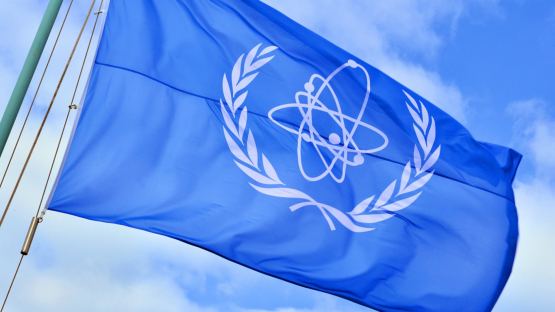Ukraine update: Energoatom reports leak, blackout at Zaporizhzhia

Blaming “the criminal actions of the ruscists,” Ukraine nuclear plant operator Energoatom this morning reported a primary-to-secondary reagent leak at Unit 5 of the Russian-occupied Zaporizhzhia nuclear power plant (ZNPP), as well as a partial blackout at the facility earlier this week. (The term “ruscist” [рашизм] is a portmanteau of the words “Russian” and “fascist.”)







